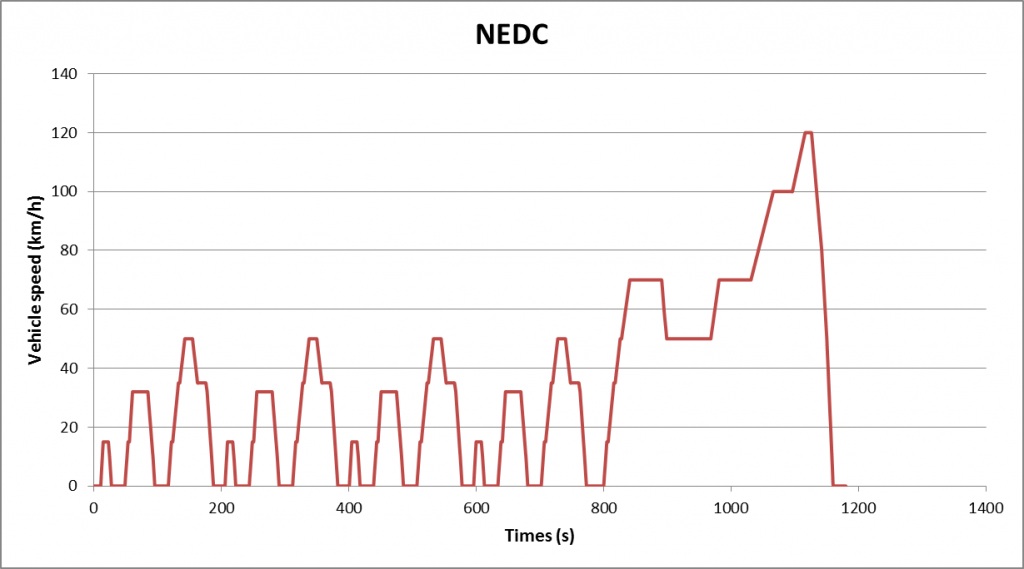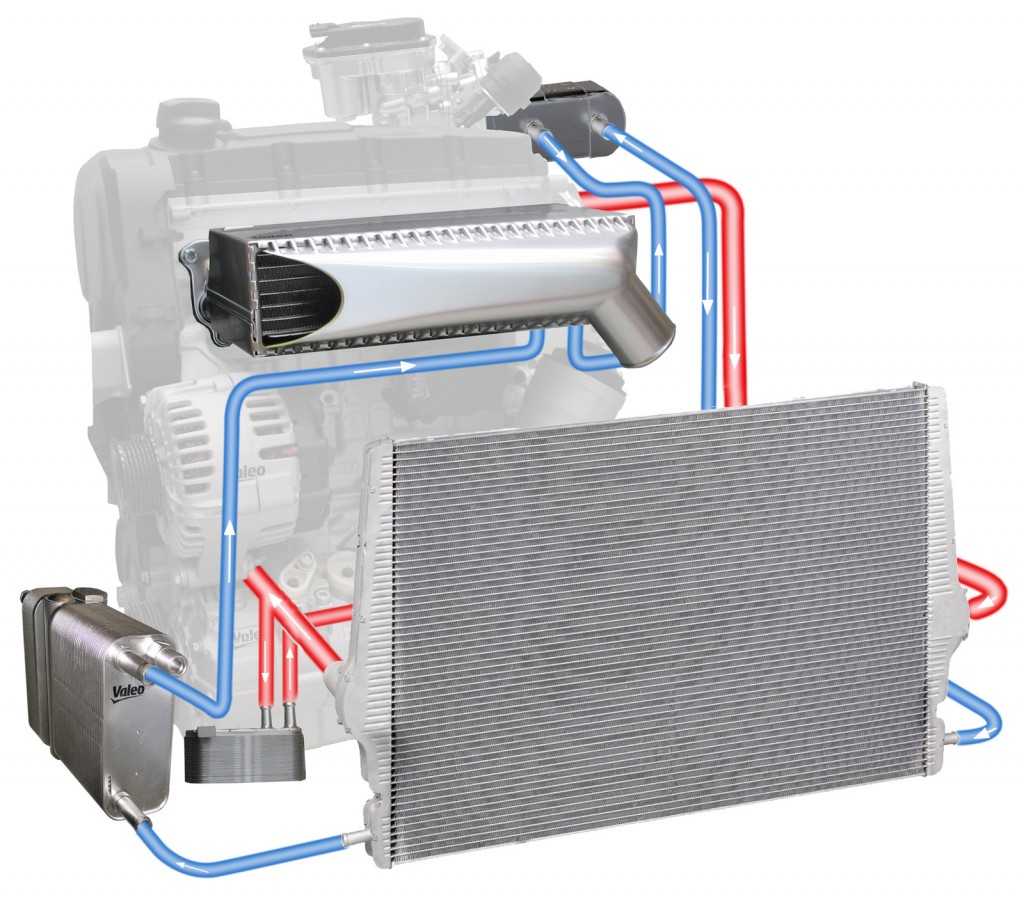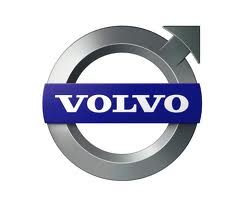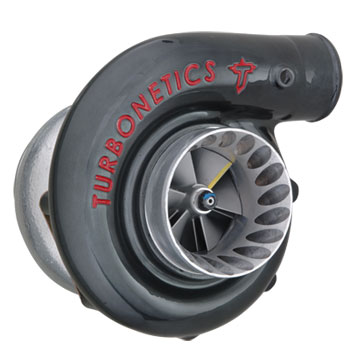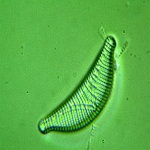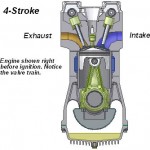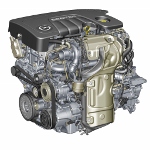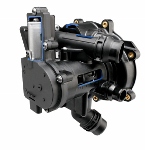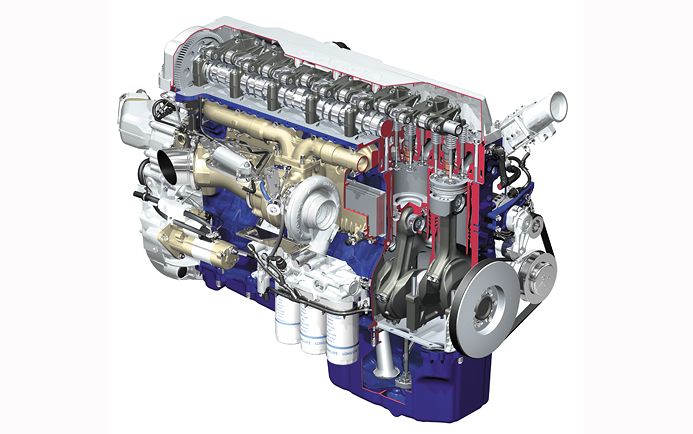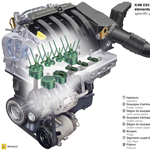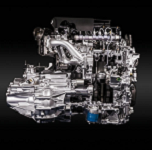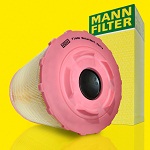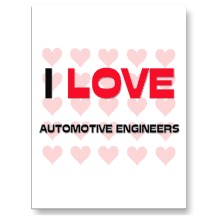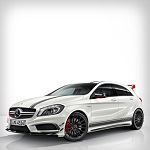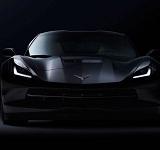The 1.8L TSI engine from the EA888 (that’s “E-A-triple-8”) family was first introduced in 2007 by Audi AG. It replaced the EA1113 series of 1.8-liter and 2.0-liter engines and has been continually refined and modified ever since its introduction.
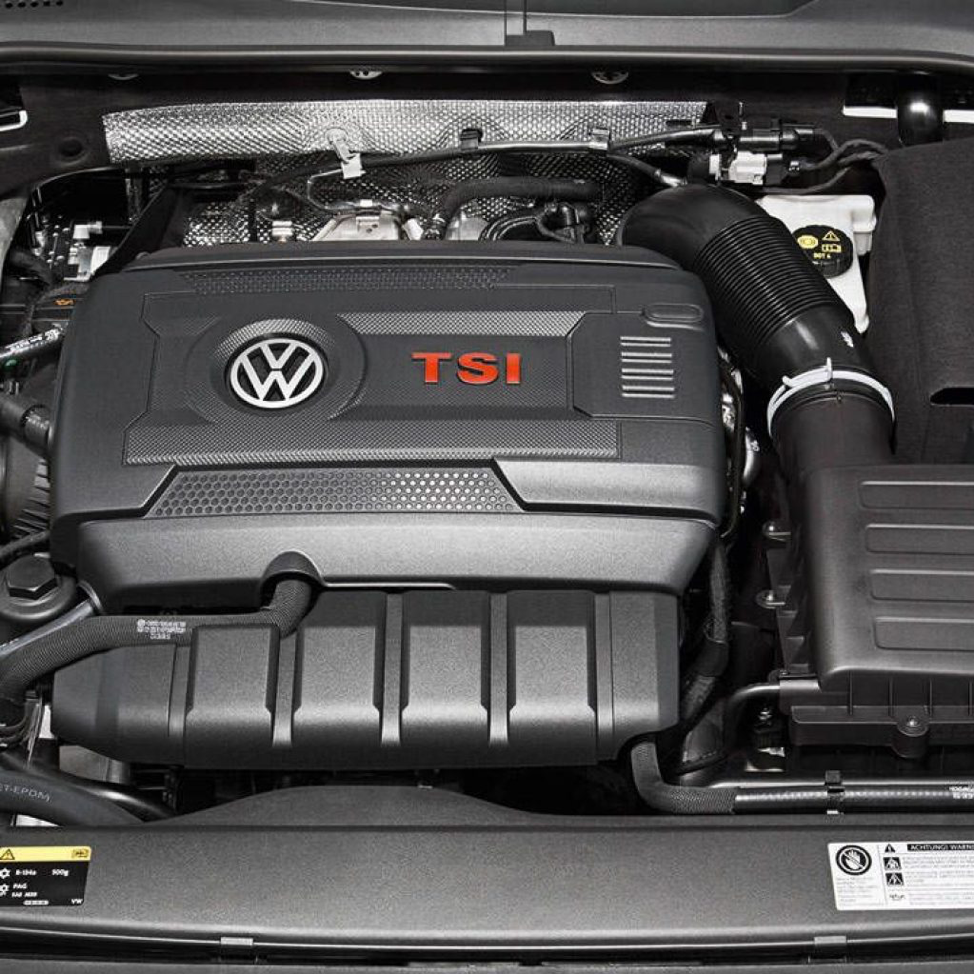
The 1.8L TSI engine from the EA888 family. Source: EnginesWork.
Despite being originally made for Audi vehicles, the EA888 family is well regarded in the VW community. The the Generation 3 version of the 1.8L TSI takes the crown as the best VW engine on the market. We’ll go over what makes it so special in a bit. But first, let’s scope out the entire EA888 family and see how far they’ve come in just a few short years.
The EA888 VW Engine Family: A Brief History
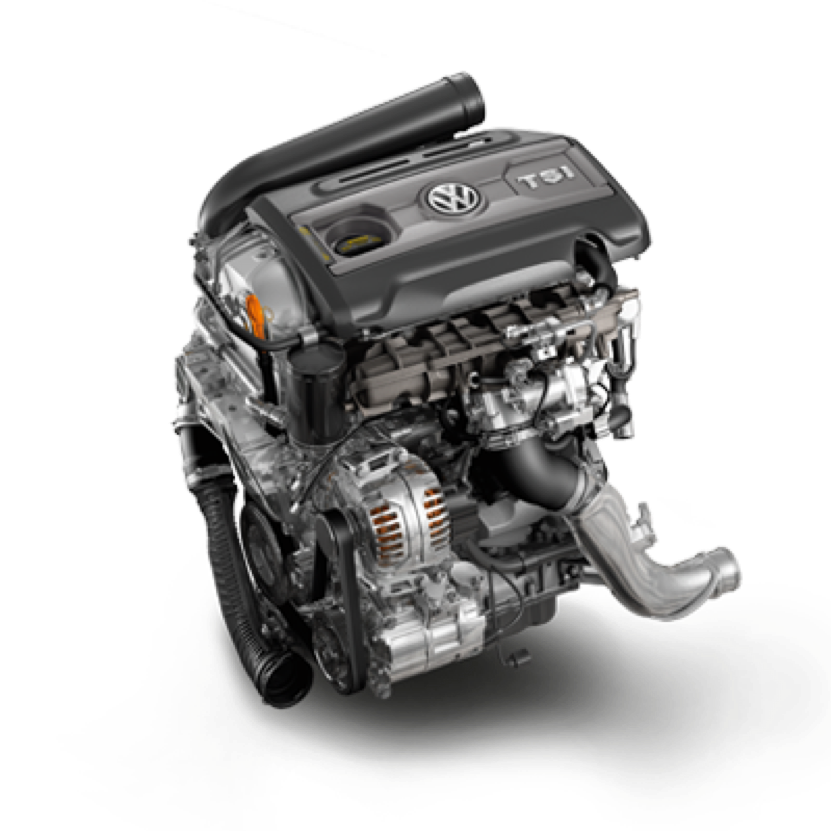
A 2.0L TSI engine. Source: APR
The EA888 is a family of three- and four-cylinder engines currently used by the Volkswagen Group. This award-winning engine family consists of the 1.8L turbo and a 2.0L turbocharged engine.
Though the original EA888 1.8L TSI was designed by Audi, it is easily one of the best and most well-known VW engines out there. This family features advanced engine technology such as direct fuel injection, thin-walled engine blocks, sintered camshaft loves, variable valve timing, downstream oxygen sensors, exhaust manifolds integrated into the cylinder heads, lightweight internal engine parts, and a port fuel injection to facilitate low load fuel consumption and cold start emissions. Unfortunately, the duel injection system has not been available in North American markets since 2016.
CLICK HERE FOR A VIDEO EXPLANATION OF THE EA888 ENGINE FAMILY.
One interesting feature of these engines is that they reach their peak power output very shortly after their peak torque. For example, the 2.0L turbocharged engine reaches peak torque at 4500 RPM and peak power at 4700 RPM. This means that the torque drop-off after the peak is rather steep.
A full list of specifications for the three generations of the 1.8 TSI is below:
- Cylinder block material: Cast Iron
- Cylinder head material: Aluminum
- Fuel type: Gasoline
- Fuel system: Direct fuel injection; Direct injection and multi-point injection
- Configuration: Inline
- Cylinders: 4
- Valves per cylinder: 4
- Valvetrain: DOHC
- Bore: 82.5 mm (3.25 in)
- Stroke: 84.1 mm (3.31 in)
- Displacement: 1,798 cc (109.7 cu in)
- Type of engine: Four-stroke, turbocharged
- Compression Ratio: 9.60:1
- Power: 120-170 HP (88-125kW) at 4,000-6,200 RPM
- Torque: 170-240 lb-ft (230-320 Nm) at 1,500-4,800 RPM
- Engine weight: 144 kg (318 lbs.)
- Firing order: 1-3-4-2
- Engine oil weight: VW 502 00; SAE 5W-30, 5W-40
- Engine oil capacity: 4.6 liters for Gen 1 and 2; 5.7 liters for Gen 3
- Oil change interval, mile: 9,000 (15,000 km) or every 12 months.
Sources: MotorReview; EnginesWork.
Generation 1 (2007 – 2010)
The original generation 1.8 TSI was largely built from scratch and had very little in common with its predecessors when it was first introduced. It was built around a cast-iron cylinder block and crankcase with high durability.
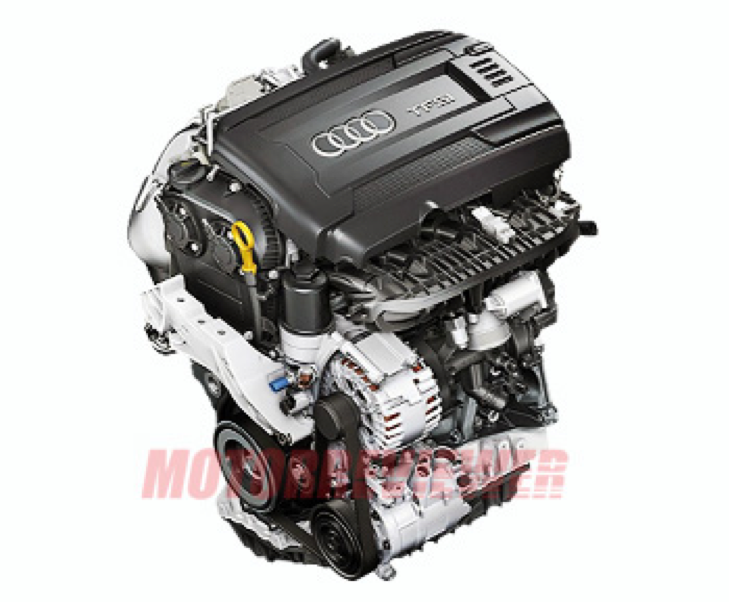
The Gen-1 1.8L TSI EA888 engine. Source: MotorReviewer.
It featured excellent acoustic dampening abilities and vibration reduction thanks to two chain-driven counter-rotating balance shafts. It possesses a 220-mm engine block and a steel crankshaft with eight counterweights, new aluminum-alloy pistons, and 148-mm connecting rods.
The first 1.8 TSI was meant to serve as a substitute for the 2.0L TSI EA113. However, the only feature the two engines really have in common is an 88-mm (3.46”) cylinder spacing.
This debut generation gained BorgWarner KKK K03 turbochargers with water cooling (a notable feature of VW engines), which are placed in a cast-iron exhaust manifold with maximum boost pressure of 8.7 PSI.
Sources: Engineering Explained; MotorReviewer.
Generation 2 (2008 – 2015)
Built to fix some of the bugs uncovered in the first generation, the second 1.8 TSI EA888 engine was initially produced alongside the Gen-1 version but quickly became more popular and widespread. It featured the new steel crankshaft and a reduced diameter of the main journals (from 58 to 52 mm). All of the Gen-2 engines were now are equipped with the variable oil pump. Otherwise, it was largely the same as the Gen-1 engine but with minor changes in small details and ECU tuning.
While the Gen-2 engine is perhaps the most widespread member of this engine family, it also has exhibited several problems that were later fixed in the Gen-3 release. See the end of this article for more details on that.
Generation 3 (2011 – present)
The third generation of the 1.8 TSI was released for the 2011 model year.
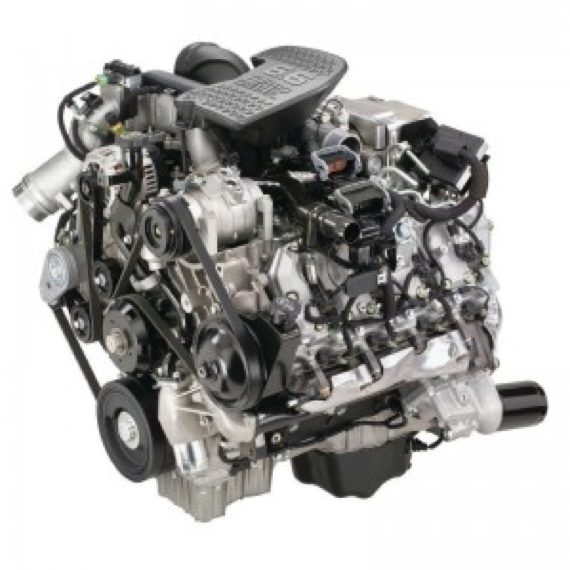
The latest generation of the 1.8L TSI EA 888 engine. Source: APR.
CLICK HERE FOR A VIDEO EXPLANATION OF THE GEN-3 EA888 1.8L TSI ENGINE.
This latest version of the 1.8 TSI was fundamentally redesigned and redeveloped from previous generations of the engine. With a new lightweight cylinder block along with a durable and light crankshaft with only four counterweights, this engine is both lighter than tougher than previous generations. It features redesigned pistons and connecting rods as well as a new 16-valve aluminum DOHC cylinder head with an integrated exhaust manifold.
The Gen-3 1.8L TSI EA888 can be fitted into to the following vehicles:
- VW Jetta Mk5/Sagitar
- VW Passat B6
- VW Passat CC
- Audi TT Mk2 (8J)
- Audi 8P A3
- Audi B7 A4
- Audi A4 (B8)
- Audi A5
- SEAT Leon Mk2 (1P)
- SEAT Altea XL
- Skoda Yeti
- Skoda Octavia Mk2 (1Z, Ming Rui)
- Skoda Superb Mk2 (3T).
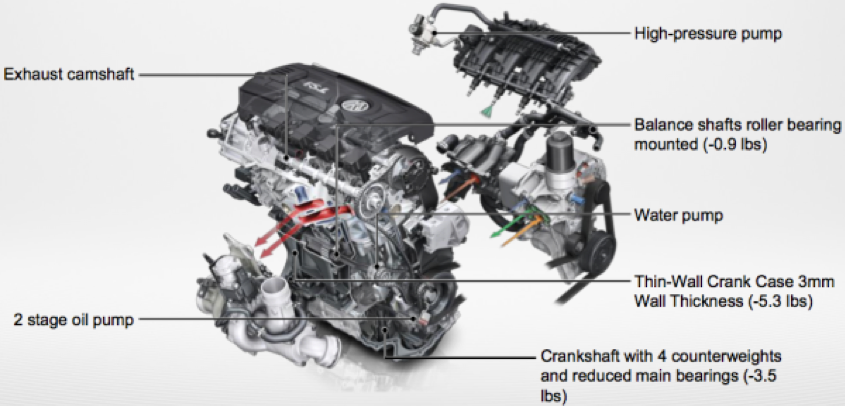
A breakdown of the Gen-3 parts. Source: Green Car Congress.
If that weren’t enough, the Gen-3 engine has been noted for its superior fuel economy. This unit produces a horsepower identical to an outgoing 5-cylinder 2.5L engine while delivering more torque at much fewer revolutions per minute. It offers up to a 17% reduction in fuel consumption relative to other comparable engines. Another key advancement of the Gen-3 1.8 TSI lies in its weight reduction, friction reduction, and exhaust cooling system. This engine also offers quicker response and drivability than prior versions of the engine.
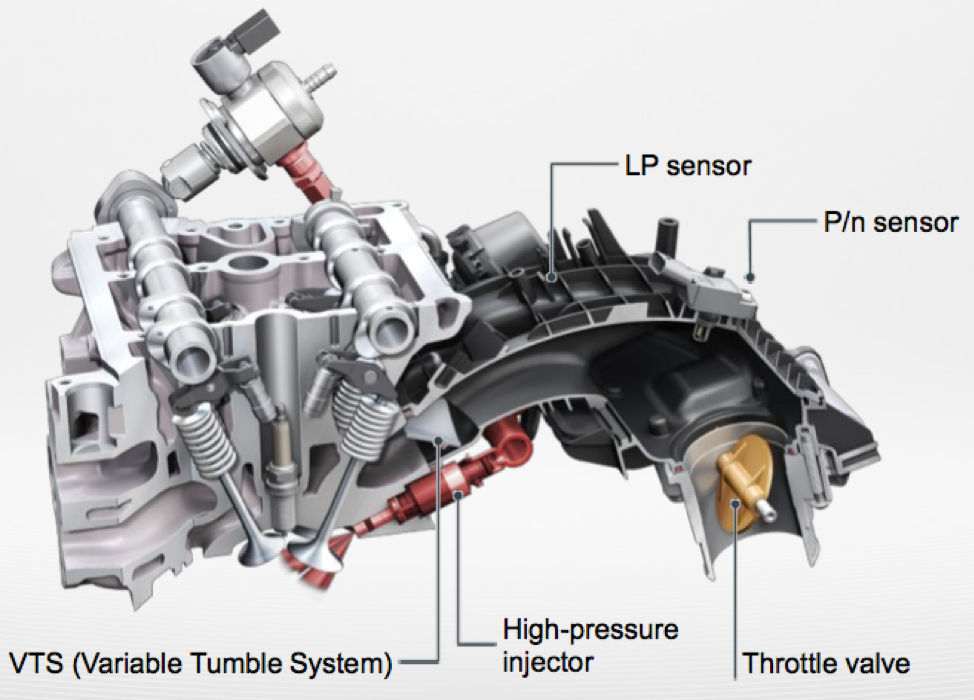
Intake and Injection. Source: Green Car Congress.
The end result is that the engine’s power, torque, and fuel efficiency were all significantly boosted from the Gen-2 version. In this way, it is able to conform to the strict EU6 fuel economy standards that were made mandatory in Europe in 2015.
According to TestDrivenTV, the Gen-3 1.8L TSI is “now pretty much the backbone of the Volkswagen car line here in North America.” They added that it “is now the base engine for the Golf, the Sportwagon, the Beetle, and the Passat … and though its smaller, it offers the same horsepower as the old 5-cylinder engine” that the 1.8L TSI replaced. Our source especially emphasized the thin-wall casting of the engine, which “allows sections of the block to be less than an eighth of an inch thick.”
This, along with chain-driven balance shafts that offset the vibrations of the main assembly, allows the engine to be lighter than previous generations while retaining the same noise reduction capabilities.
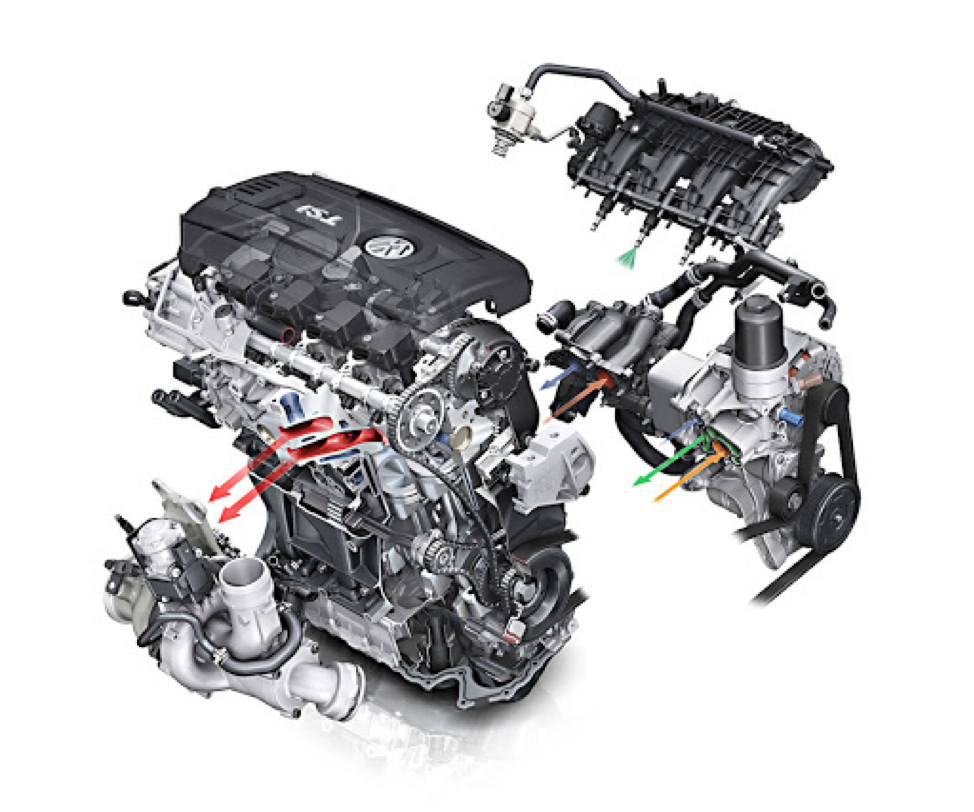
Source: VWVortex.
Unlike previous generations of the engine, the exhaust manifold is cast into its head, which allows the turbocharger to bold directly to it. Its water-cooling capabilities, alongside a relatively short route for fuel to travel to the compressor, gives the engine its low turbo lag and its excellent fuel economy.
It is available in both automatic and manual transmission—either a 5-speed manual or a 6-speed Tiptronic automatic.
CLICK HERE FOR A TEST DRIVE VIDEO OF THE VW GOLF WITH THE GEN-3 1.8L TSI EA888 ENGINE.
Sources: TestDrivenTV.
Volkswagen 1.8L TSI Engine ECU Upgrade
Available from APR, the “ultimate” engine control unit (ECU) upgrade for the 1.8 EA888 Gen-3 engine will dramatically boost the horsepower and torque of your engine at a relatively low price. APR was able to optimize the factory engine management system and increase power and torque without any end-user adjustments.
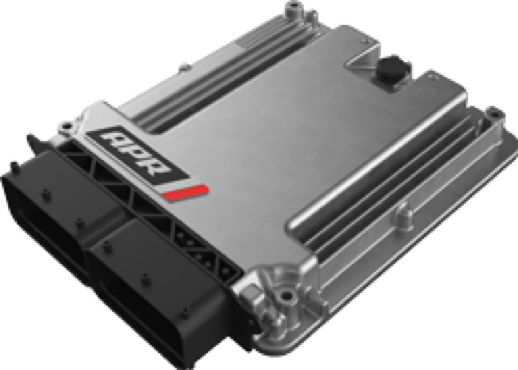
An APR ECU. Source: APR
If you read our piece on COBB dealers and the COBB Accessport a few weeks ago, this is the same kind of thing here. APR offers an entirely software-based solution. That optimizes engine performance by calibrating the software to suit your specific driving needs. APR’s ECU upgrades are all available in several stages, supporting various octanes with, or without, any hardware modifications.
While the ECU included in the 1.8L TSI is extremely powerful, it is notoriously difficult to master. With the help of APR, you can unlock all the hidden potential of your engine and maximize both power and performance in one neat package.
Source: APR; EnginesWork.
Some VW 1.8 TSI Engine Problems To Be Aware Of
Before concluding, we would be remiss if we didn’t discuss some of the issues that have occasionally been noted with the 1.8 TSI family. These are not major problems by any means, but for the sake of journalistic integrity, let’s go over them anyway.
One occasional issue has been that the timing chain begins to stretch after about 60,000 miles. This may result in noisy and unsteady engine function and, if not repaired, can lead to a serious motor breakdown. Luckily, the Generation 3 1.8 TSI includes an additional tensioner that reduces the chances of this particular malfunction.
The second generation 1.8 TSI tends to have a bit of difficulty with excessive oil use. This is most likely induced by the thin piston rings on the Gen-2 engine. After a certain period of time, the motor starts to use more oil, eventually consuming about 2 liters every 60,000 miles. Luckily, this problem appears to have been resolved in the Gen-3 engine. However, be aware that the Gen-3 engine’s turbocharger actuator should be regulated after the motor runs more than 60,000 miles. Spark plugs should be replaced at the same mile intervals.
Overall, the engines from this family are very reliable with excellent horsepower and torque. Just watch for oil use and timing chain malfunctions on your Gen-2 engine, and you should be good to go.
Source: EngineWorks.






